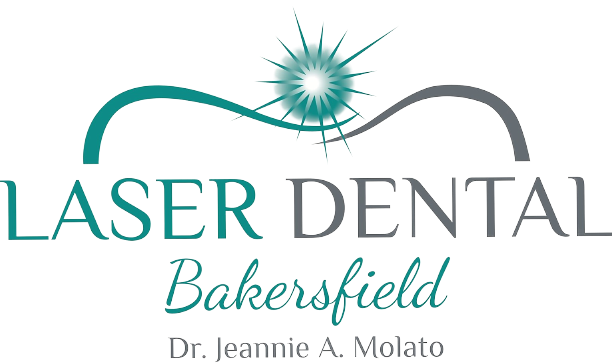It’s a common occurrence for adults to receive dental crowns. However, most people find it unusual that dentists would use this form of dental restoration on children. It’s important to understand that our primary teeth play an essential role in our dental development. Throughout their short stay in our mouths, they help to develop the size and shape of our jaw. They lend their support to neighboring teeth and ensure that our adult teeth will have sufficient room to grow. Losing a tooth before its time can impact this process and lead to costly orthodontic procedures in the future.
How Pediatric Crowns Help Ensure Beautiful Adult Smiles
When children experience cases of extensive tooth decay, it may be necessary to take greater action than providing a filling. Advanced tooth decay can impact the enamel of the tooth as well as the dentin and pulp. When the tooth’s structural integrity becomes compromised, a dental crown can address these issues and restore the strength and function of the tooth. Crowns differ from fillings in the amount of damage they are capable of repairing. Small cavities can be cleaned, sanitized, and filled with amalgam or composite. Dental crowns are used when most of the tooth has become compromised and needs to be repaired.
Dental crowns are often applied in concert with a root canal treatment. This endodontic procedure can save even a tooth experiencing extensive infection and decay. The infection is cleaned, the resulting space is sanitized and filled, and a crown is placed to restore form and function. When your child is being sent for a restoration, the usual steps involved include:
- Preparation – The first stage involves ensuring the tooth is ready to receive the new crown. This requires sanitization of the affected tooth following the removal of all decay. The tooth will also be shaped so that the restoration can be placed.
- Impressions – Digital or alginate impressions will be taken to get the shape of the place the restoration will take place. If they have the proper equipment, this may occur at the clinic or be sent to a dental lab for manufacturing.
- Temporary Crown – If the impression is being sent to a dental lab, then a short-term crown is used to protect the tooth in the interim. Upon the arrival of the permanent replacement, you’ll be called back into the clinic for the next step.
- Permanent Crown – The permanent crown will restore the tooth’s form and function for the time it stays with your child.
This form of restoration can mean the difference between a beautiful, straight adult smile and the need for costly orthodontic work later in life.
Reach Out To Your Dental Provider For More Information
Dental providers are excellent sources of information regarding the importance of our primary teeth. They’ll help you understand their role in your child’s lifelong oral health and when a restoration may be necessary. Call your dental provider for a consultation today.










